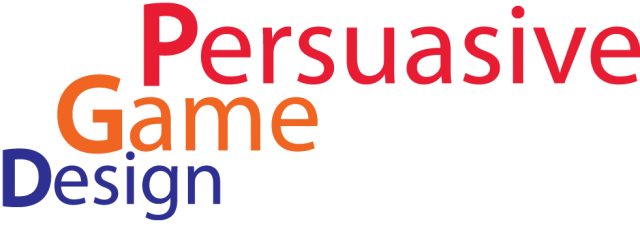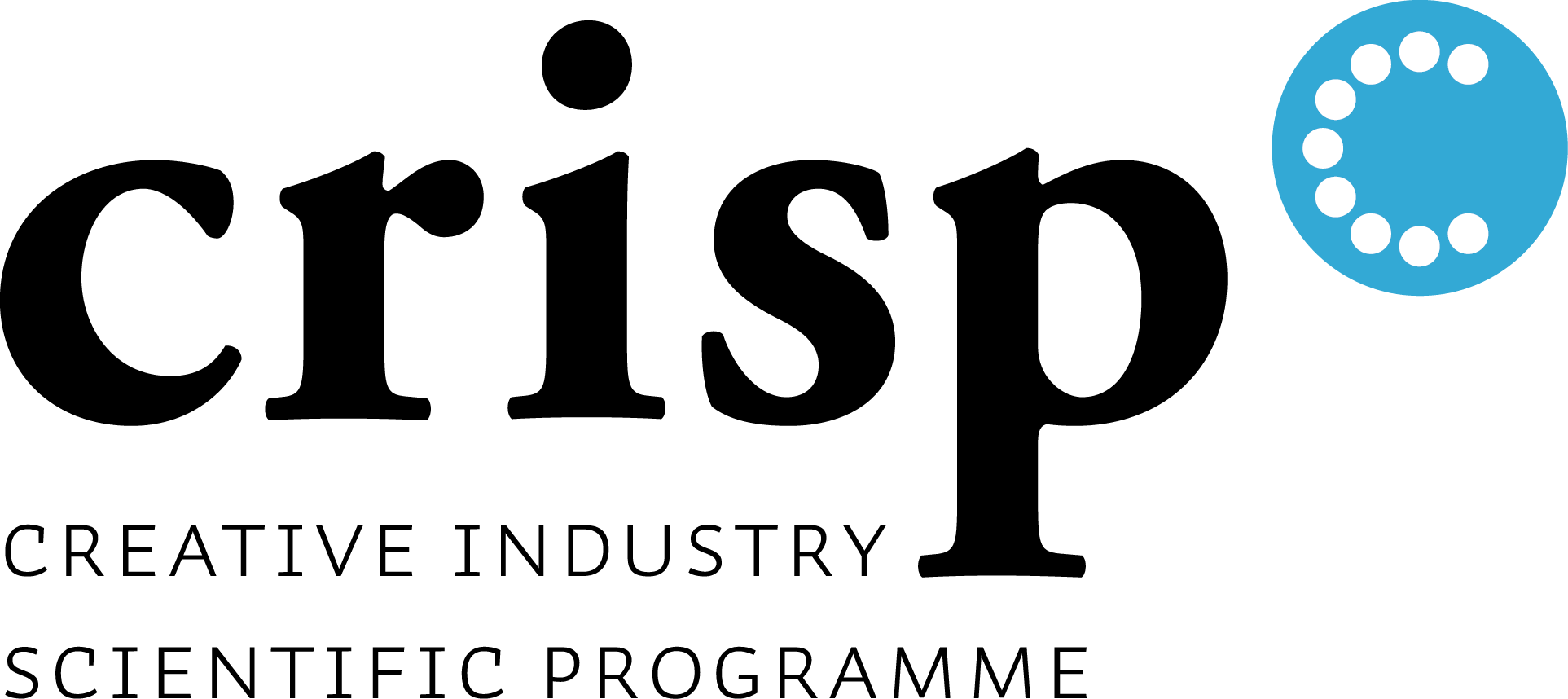Tic Tac Tiles
An interactive activity unit for children in the Playscape
Introduction
At this moment the therapists of the Child Development and Exercise Centre of the Wilhelmina Children’s Hospital have problems to motivate the older children (9-15 years) to exercise, since the Playscape (training hall) is too childish. The goal of the project is to motivate children through an interactive solution to become active and to offer the therapists a way to observe, analyse and train the skills of the child.
Context
The current context that copes with the above mentioned problem is the Child Development and Exercise Centre of the Wilhelmina Children’s Hospital (Utrecht). In the Playscape children will have therapy. The purpose of the space is ‘Inviting children to move in a spontaneous and natural way and offer the possibility to train’. At this moment that purpose is not achieved. With the new product this purpose should be achieved. Activities that therapists would like to see during therapy are jumping, running, crawling, turning, balance, walking, climbing, leaning on arms, throwing, catching, hopping, standing up and cycling. Furthermore functional activities are getting more important. The biggest problem during therapy is the motivation of the children.
Users
The users of the new product are the (physio)therapists and the children. The focus in this project is on children in the age of 9-15 years with different diseases. This is a quite broad target group and for the new product it is important to take the physical and mental conditions into account. Furthermore the individual preferences of the children should be taken into account. The children in the age of 9-15 years would like to do hockey, soccer, shooting games, car games and dancing games.
Gaming
In this case gaming is an interesting solution direction, since the aspects of therapy and gaming complement each other. The aspects that can be seen both in therapy as in games are: motivation, adaptability, individual level, intensity and continuous feedback.
Vision
The vision for the idea generation phase is: “The product has to motivate children from 9 till 15 years, to move in a spontaneous and natural way and to train their fitness and/or muscles in the Playscape by means of a variety of active video games. Competition, challenges and rewards in the games let the child immerse in the game. It is important that the game can be adjusted to the preferences and the physical condition of the child.”
Idea generation
During the idea generation and the idea selection phase an iterative process took place. The idea generation techniques were alternated with idea selection techniques. During a selection session 29 children of 12-13 years old gave their opinion on some ideas. With a creative session at IDE many ideas were generated. Selection sheets were used to select the ideas based on criteria. Finally a selection session at the Wilhelmina Children’s Hospital took place. With a few ideas left the therapist and children could give their opinion. The ideas of Dance Hero, Lasergame and Sports were chosen to develop further.
Concepts
With the input from the users, inspiration from the current active gaming market and mock-up testing the three ideas were further developed into concepts. The three concepts are Dance Hero, Lasergame and Soccer wall. Dance Hero is an intensive dancing game. Especially girls like this game. The downside of this concept is that many games like Dance Hero already do exist and that with Dance Hero the game is connected to the patented Guitar which can give problems. Lasergame is a game that focuses on the exploration of motor skills. The downside of Lasergame is that it is not intensive like the therapists prefer. Furthermore the dimming of the lights gives problems. The last concept of Soccer wall is an intensive game in which many sports are possible. Especially boys like this game. With all the input from the children and therapists the concept that will be developed is Soccer wall. This concept offers a lot of variety for the huge target group.
Final Design
The final design is Tic Tac Tiles, a movable wall with 36 interactive tiles connected to it. These tiles can be used as a wall and as a floor. The tiles respond to pressure and give feedback by changing the colours of the lights. In that way 12 different games can be played. Tic Tac Tiles can be used with different balls, rackets and sticks, but also by jumping and hitting.
Prototype
To test the feasibility of Tic Tac Tiles a prototype of four functional tiles is built. During the prototyping many insights in the technical details of the tiles could be gathered.
User test
The desirability of the Tic Tac Tiles is tested with a prototype at the open day of the Wilhelmina Children’s Hospital. The children like the Tic Tac Tiles a lot and would like to see it in the hospital. The intensity of movement while playing with the prototype was high enough to be considered as training.
Recommendations
For the future development a manufacturer is needed that has interest in producing Tic Tac Tiles. Wilhelmina Children´s Hospital will purchase and test the first Tic Tac Tiles, so further improvements can be done. At this moment it is important to continue with the current sponsor project and to start new sponsor project to finance the future development. Furthermore it is important that the therapists get familiar with games in general and Tic Tac Tiles. In that way they know how this can be implemented in the therapy. With the Tic Tac Tiles the older children can be motivated to exercise in a fun way.
Linda H. Giesselink
lindagiesselink@gmail.com
Goto, L., Molenbroek, J.F.M.
master thesis, October 2013


